Table of Contents
ToggleAdvantages of Replacing 400-Watt Metal Halide High Bay Lights with LED
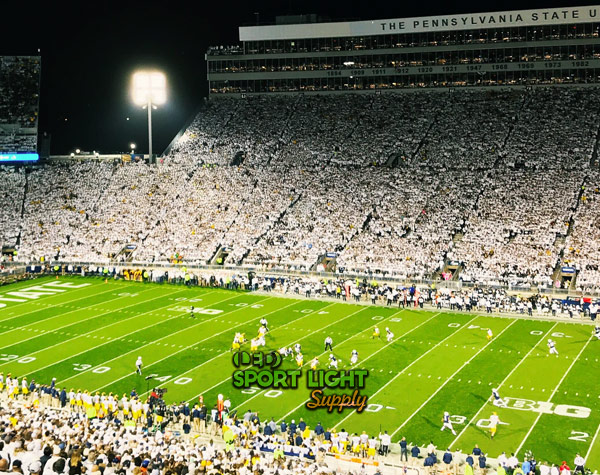
Energy Efficiency
LED lights offer significant energy savings compared to metal halide bulbs. The lumen-per-watt ratio of LEDs exceeds that of metal halides, meaning you get more light for less power. For instance, a 150 to 250-watt LED light can effectively replace a 400-watt metal halide bulb. This results in lower electricity bills and improved energy efficiency.
The various types of LED lights available today can retrofit old HID models, allowing for a cost-effective upgrade. In indoor sports facilities, switching to LED high bay lighting can yield substantial savings over time.
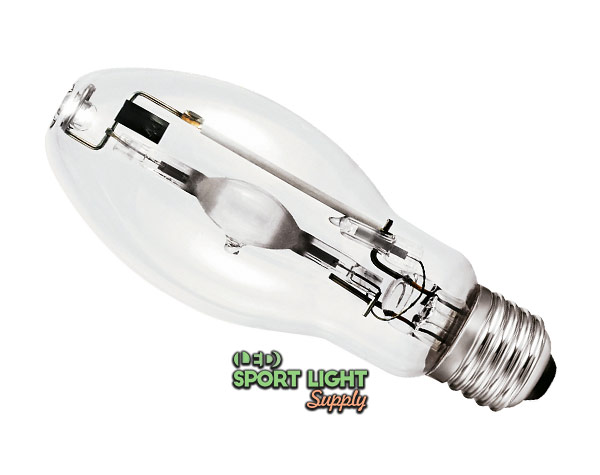
Longevity
The lifespan of LED high bay lights far surpasses that of metal halide bulbs. Metal halide lamps, with their tungsten electrodes, gases, and metal salts, degrade over time, especially with frequent on/off cycles. This degradation shortens their lifespan and can lead to increased voltage requirements, overheating, and eventual failure.
In contrast, LED lights have an average lifespan of 150,000 hours, while metal halide bulbs typically last between 5,000 and 15,000 hours. LEDs also benefit from advanced design and components, ensuring long-term reliability and performance.
Instant On Capability
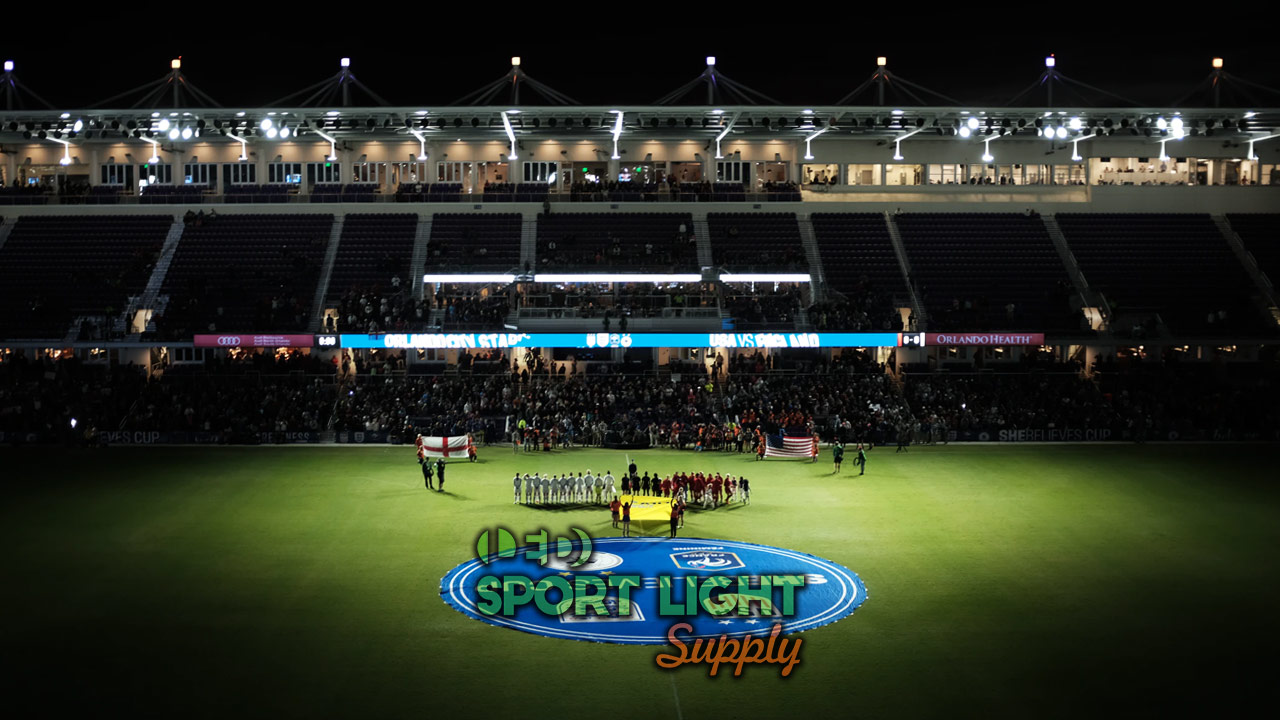
Unlike metal halide lamps, which require a significant warm-up period of several minutes—sometimes up to 20 minutes—to achieve their full luminous output, LED high bay lights offer the advantage of instant illumination. Metal halide lamps typically emit around 40,000 lumens, but their need for a warm-up period can be a considerable drawback in situations where immediate lighting is essential. The delay in reaching full brightness can hinder productivity and disrupt activities that demand immediate lighting, such as in industrial settings or during emergency situations.
In contrast, LED high bay lights turn on instantly, providing full brightness immediately upon activation. This feature is particularly beneficial in environments where prompt lighting is critical, such as in warehouses, manufacturing facilities, or sports venues. Additionally, LEDs do not suffer from the performance issues associated with frequent on/off cycles, which can negatively affect the lifespan and efficiency of metal halide lamps. LED lights maintain their brightness and performance over time without the need for extended warm-up periods, making them a more practical and reliable choice for various lighting applications.
Color Temperature Options
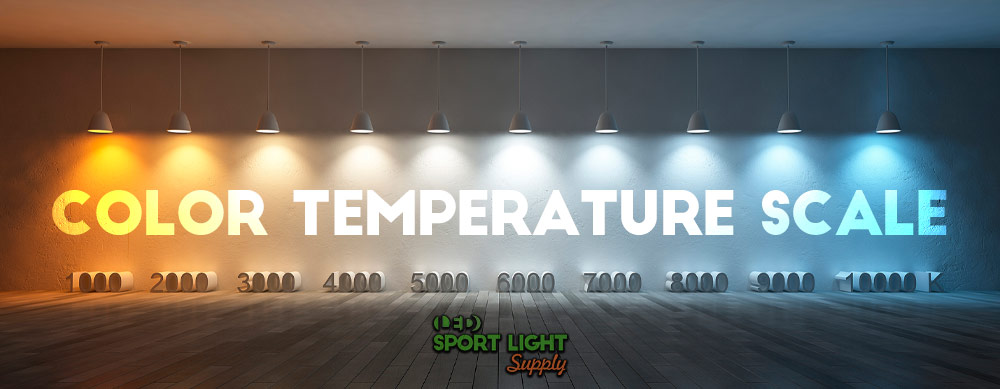
LED lights offer a range of color temperature options, which can be customized to suit various needs. Color temperature affects the appearance of light, ranging from cool to warm. Industrial and professional LED models provide even more options, including remote light control for adjusting color temperature.
| Light Type | Color Temperature Range | Typical Applications |
|---|---|---|
| Cool Light | 5,000 K to 7,500 K | Sports facilities, outdoor venues |
| Warm Light | 3,000 K to 4,500 K (yellowish) and up to 5,500 K (neutral white) | Natural daylight effects, general indoor use |
Higher Color Rendering Index (CRI)
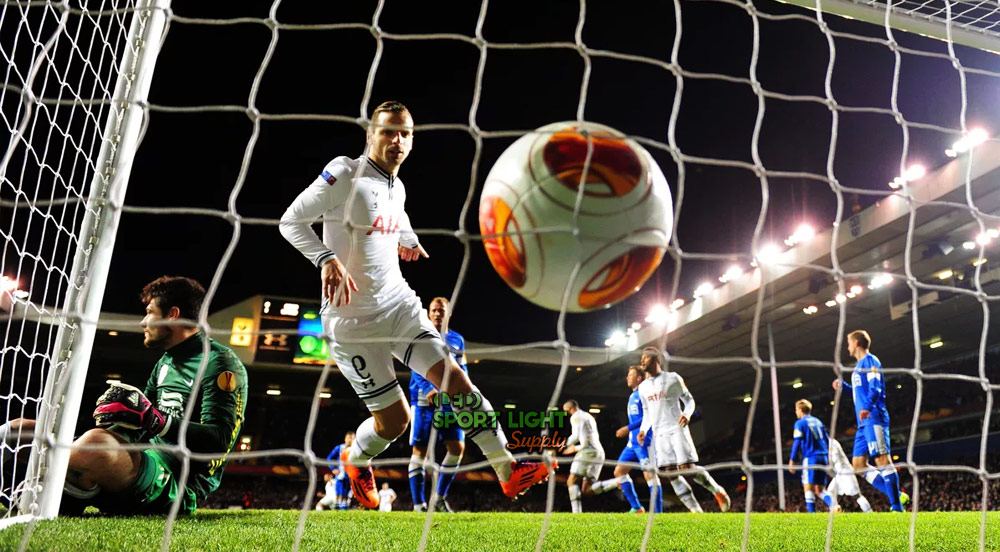
The Color Rendering Index (CRI) is a critical metric for evaluating how accurately a light source renders colors in comparison to natural daylight. It is particularly important in environments where precise color perception is essential, such as in retail spaces, art galleries, and design studios.
Metal halide bulbs typically have a CRI ranging between 70 and 90 Ra. While this range is relatively high, it is important to note that the CRI of metal halide lamps can diminish over time due to wear and aging. This decrease in CRI can lead to less accurate color rendering as the lamp ages, potentially affecting tasks that rely on precise color differentiation.
LED lights are known for their superior color rendering capabilities. They generally achieve a CRI of 90 Ra or higher, ensuring a more accurate representation of colors. This high CRI performance remains consistent throughout the lifespan of the LED, offering reliable color accuracy from the moment the light is installed until the end of its operational life. This makes LED lights particularly well-suited for applications and retrofit projects where maintaining high color fidelity is crucial, providing a better visual experience and enhancing the overall quality of light.
Durability for Outdoor Use
LED lights are highly durable and often feature a higher waterproof rating compared to metal halide bulbs. This makes them well-suited for outdoor environments where they can withstand harsh weather conditions and heavy rain. For sports stadiums and outdoor facilities, the durability of LEDs justifies their use, as they protect your investment and ensure reliable performance even in challenging conditions.
| Advantage | Metal Halide | LED |
|---|---|---|
| Energy Efficiency | Less efficient, higher energy use | More efficient, lower energy use |
| Lifespan | 5,000 – 15,000 hours | 150,000 hours |
| Warm-up Time | Requires up to 20 minutes | Instant on |
| Color Temperature Options | Limited options | Wide range, adjustable |
| Color Rendering Index (CRI) | 70 – 90 Ra | Typically 90 Ra or higher |
| Durability for Outdoor Use | Less durable, lower waterproof rating | More durable, higher waterproof rating |
Replacing 400-watt metal halide high bay lights with LED alternatives offers numerous benefits, including energy savings, longer lifespan, instant illumination, customizable color temperature, superior color rendering, and enhanced durability for outdoor use.
Understanding LED Equivalents to 400 Watts
Meaning of LED Equivalent
When considering the replacement of a 400-watt lamp with its LED equivalent, it’s important to recognize that LED lighting is not solely about wattage. LED lights offer notable advantages over traditional lighting technologies. They are highly energy-efficient, consuming significantly less power while providing comparable or superior lumen output.
LEDs contain fewer hazardous materials, making them safer for installation and disposal. They often feature a more compact and aesthetically pleasing design, which can be easier to handle and integrate into various settings. Furthermore, LED lights are generally easier to install, with straightforward instructions and minimal wiring complexity compared to traditional HID bulbs, which can be cumbersome to replace and install.
Luminous Output of 400-Watt Metal Halide Lights
Metal halide lamps typically have a luminous efficacy ranging from 65 to 80 lumens per watt. For a 400-watt metal halide lamp, this results in a total lumen output as follows:
| Wattage | Luminous Efficacy (lm/W) | Total Lumens |
|---|---|---|
| 400 W | 65 lm/W | 26,000 lumens |
| 400 W | 80 lm/W | 32,000 lumens |
It is important to note that the lumen output of metal halide lamps decreases over time. Initially, the output is higher, but as the lamp ages, its efficacy declines, resulting in reduced light output well before the end of its life cycle. During the first 15 minutes after ignition, the lamp’s brightness increases due to the need for a higher starting peak voltage compared to the operating voltage, but this warm-up period is necessary for stable operation.
LED Wattage Required to Replace 400-Watt Metal Halide
LED lights typically have a luminous efficacy ranging from 130 to 170 lumens per watt. To determine the LED wattage required to replace a 400-watt metal halide lamp, the following calculation is used:
| Total Lumens | Luminous Efficacy (lm/W) | LED Wattage |
|---|---|---|
| 26,000 lumens | 170 lm/W | 153 watts |
| 32,000 lumens | 130 lm/W | 246 watts |
On average, you can replace a 400-watt metal halide lamp with an LED light that consumes about half the power. This is especially beneficial in applications such as indoor sports facilities, where multiple high bay lights are used. By switching to LED, you can achieve significant reductions in running costs while maintaining the desired lighting levels.
Replacing 400-Watt Metal Halide Lights with LED Lights
Selecting the Power Equivalent of LED Lights
The initial step in replacing a 400-watt metal halide light is choosing an appropriate LED light. There are various LED models available, and you might also consider an LED retrofit kit, which allows you to convert your existing 400W metal halide lamp holder to accommodate a new LED light. If you opt for a retrofit, you will use the existing base to screw in the LED retrofit and then connect it to the power grid using a driver.
The wattage of the new LED light should match the lumen output of the old metal halide light. Typically, for a 400-watt metal halide floodlight, you should look for an LED high bay light in the range of 150 to 250 watts, depending on the luminous efficacy of the LED light you choose.
Choosing the Right Screw Base
Metal halide light bulbs come with different screw bases. For a successful replacement, you need to match the screw base of the new LED light with the existing one. Metal halide lamps often use either a standard lightbulb socket (Edison screw) or larger mogul bases (E39) or medium bases (E29).
When selecting a screw-in high bay retrofit, most models will have a mogul base. If you are unsure about the base type or size, consult with your lighting designer or check with the seller before making your purchase.
Removing the Ballast
Before starting any work, ensure the power supply is turned off. Remove the existing lamp and the HID ballast capacitor. For easier removal, you can cut the wires connected to the ballast. Once the ballast is removed, you can either install the LED retrofit using the existing housing or dismantle the case to mount the new LED high bay light or LED equivalent directly onto the frame with a new lamp holder.
Testing the New Lights
After installation, it is essential to test the new LED lights. Check if the LED replacement provides the desired beam angle and adjust the lighting uniformity if necessary. Additionally, inspect the lights for any issues such as flickering or buzzing. Flickering can be problematic, especially in settings where video recording is involved, such as high-level sports competitions. If your LED retrofit is advertised as flicker-free, ensure that it performs as expected by conducting thorough tests.
400-Watt Metal Halide LED Replacement: Q & A
Can I Replace Metal Halide with LED?
Yes, you can replace a metal halide light with an LED. To ensure a successful replacement, start by comparing the lumen output of the new LED light with that of the existing metal halide lamp. It’s important that the LED light provides a comparable level of brightness. Additionally, consider whether you need to modify the existing housing or opt for a new installation setup.
For a straightforward replacement, you may choose an LED retrofit option, which allows you to use the existing base while upgrading to LED technology. LED high bay lights are advantageous because they generate less heat compared to metal halide lamps, which can simplify the installation process and reduce the need for extensive modifications.
What Are the Applications of 400-Watt Metal Halide LED Replacement Bulbs?
LED replacements or retrofits for 400-watt metal halide lamps can be used in a variety of settings, including:
| Application | Description |
|---|---|
| Grow Rooms | Suitable for environments that require high bay lights for indoor gardening or cultivation. |
| Sports Fields | Ideal for lighting tennis courts, football fields, and other sports facilities. |
| Backyard Practice Areas | Effective for baseball and softball batting cages, putting greens, and similar areas. |
| Warehouses and Factories | Useful for providing bright, efficient lighting in industrial and commercial spaces. |
| Residential Areas | Can brighten living rooms, basements, and high-ceilinged garages. |
| Outdoor Spaces | Appropriate for gardens, patios, parking lots, and other outdoor areas. |
| High-Security Indoor Spaces | Beneficial for labs, museums, prisons, and other facilities requiring high safety standards. |
| Security and Emergency Lighting | Can be used to enhance security and provide emergency illumination. |
LED replacements offer a longer lifespan compared to HID light sources, reducing the frequency of replacements and maintenance.
How Much Does It Cost to Run a 400-Watt Metal Halide?
To estimate the running cost of a 400-watt metal halide lamp, consider the following example. If the lamp operates for 8 hours per day, the cost calculation is:
Daily Cost = 400W x 8 hours x $0.1 / 1000 = $0.32 per day
This results in a weekly cost of $2.24 and a monthly cost of $9.60. Note that this calculation does not include the warm-up time, which can add to the overall cost. Metal halide lamps typically require 5 to 15 minutes of warm-up time to reach their full light output, which can slightly increase your energy expenses.
Conclusion
Replacing a 400-watt metal halide light with an LED offers numerous advantages, including improved energy efficiency, reduced heat output, and longer lifespan. By selecting the appropriate LED light that matches the lumen output and ensuring compatibility with existing fixtures, you can achieve effective and cost-efficient lighting across various applications. Whether for sports fields, industrial spaces, or residential areas, LED replacements provide a versatile solution for continuous and reliable illumination.
